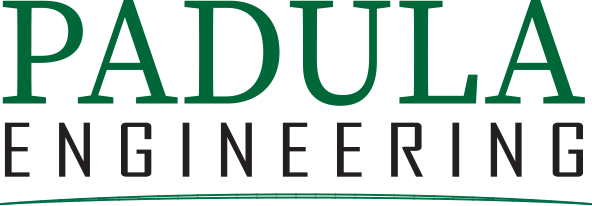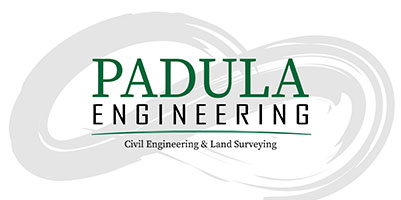Comprehensive Engineering Services in West Goshen Township
Land development is a critical process that involves converting land into a usable form for commercial, residential, or industrial purposes. The process involves several stages, including geodetic surveys, mixed-use development, and stormwater management, among others. In this article, we will discuss these three aspects of land development, their importance, and how they contribute to the success of land development projects.
Mixed-Use Development in West Goshen Township, Pennsylvania
Mixed-use development refers to a type of development that combines residential, commercial, and industrial spaces within the same area. This approach to development has gained popularity in recent years, particularly in urban planning, as it promotes walkability, reduces commuting times, and encourages a sense of community. The following is a step-by-step process for mixed-use development:
1. Site Analysis
This involves evaluating the property to determine its suitability for mixed-use development. Consider factors such as zoning laws, transportation access, and the availability of utilities.
2. Develop a Concept Plan
Based on the site analysis, create a plan that outlines the intended use of the land, including the mix of residential, commercial, and industrial spaces.
3. Seek Necessary Approvals
Before proceeding with the project, seek approvals from the relevant authorities such as the Pennsylvania Department of Environmental Protection, Planning Commission, and West Goshen Township. Obtain necessary permits and ensure compliance with regulations.
4. Develop Individual Lots
Once approvals are obtained, subdivide the land into individual lots to enable the development of each space.
5. Develop Site Layout and Grading
Prepare detailed drawings that show the proposed site layout and grading, including the location of buildings, parking lots, and drainage facilities.
6. Construction
Start construction, ensuring that the project is executed in compliance with regulations and within the agreed timeline.
West Goshen, PA
Geodetic Surveys for Land Development Projects
Geodetic surveys involve the precise measurement and mapping of the earth’s surface, including its shape and location. The process plays an essential role in land development projects, as it provides accurate data that engineers and architects use to design buildings, roads, and other structures. The following is a step-by-step process for geodetic surveys:
1. Start With a Site Analysis
Conduct a preliminary site analysis to determine the scope of the survey and the areas that require mapping.
2. Conduct a Field Survey
Visit the site and use specialized equipment to measure distances, angles, and elevations.
3. Prepare Detailed Maps and Reports
Use the data collected in the field survey to prepare detailed maps and reports that show the exact location, shape, and size of the site.
4. Provide View and Analysis of the Site
Provide an analysis of the site, including topography, elevation, and any potential hazards or obstructions.
5. Perform Additional Surveys (if required)
Depending on the project’s scope, perform additional surveys, such as boundary surveys, to obtain accurate data.
MALVERN, PA
Stormwater Ponds for Effective Stormwater Management— West Goshen, PA
Stormwater ponds are highly effective in managing stormwater runoff and reducing the risk of flooding, erosion, and water pollution. These ponds capture and store stormwater runoff from nearby development and prevent it from entering local waterways, such as streams and rivers, which can cause erosion and flooding downstream.
In addition to their practical benefits, stormwater ponds can also provide aesthetic value to a development. Properly designed and landscaped ponds can enhance the visual appeal of the property, create natural habitats for wildlife, and even provide recreational opportunities, such as fishing or boating.
Process:
1. Conduct a site analysis to identify the best location for the pond and evaluate the site’s topography, soil type, and hydrology.
2. Design the pond: Based on the site analysis, design the pond to ensure that it can effectively capture and store stormwater runoff.
3. Obtain necessary approvals and permits: Seek approvals and obtain necessary permits from the relevant authorities, such as the Pennsylvania Department of Environmental Protection and the West Goshen Township.
4. Construct the pond: Once approvals and permits are obtained, start construction, ensuring that the pond is built to the required specifications and within the agreed timeline.
5. Monitor the pond’s performance during and after construction to ensure compliance with the design plans and environmental regulations.
Contact Us for Free Price Estimates!
Whether you are a site contractor or an individual looking for a reliable engineering firm, look no further than Padula Engineering. Contact us today to receive free estimates and learn more about how our team can help you reach your land development goals.

